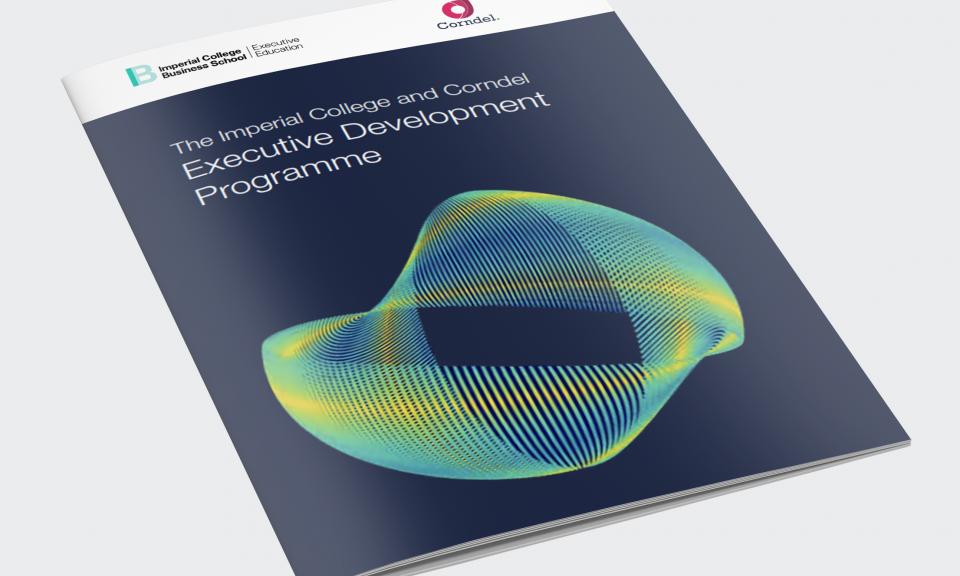Career development continues to be a large motivation for students to enrol in MOOCs, meaning demand for credit certification is growing. In response, a number of providers have introduced fees for a handful of course certifications and assessment services.
 The number of computer programming courses has grown the most over the past three years. Photo: Christiaan Colen.
The number of computer programming courses has grown the most over the past three years. Photo: Christiaan Colen.Implementing a business model that charges a small fee for certain courses is, “a move that is slowly redefining MOOCs’ role in the global marketplace of online education” according to “State of the MOOC” , an article by Online Course Report, a content and resource base for online courses.
“MOOC providers realised early on that they could offer more for less by marketing courses from top-tier schools as much cheaper than universities could market a traditional college degree,” it states.
“MOOC providers realised early on that they could offer more for less”
Citing data from Class Central, the feature found 4,550 MOOCs were made available in January this year, over twice the number offered in January 2015 (2,150).
It shows growth in enrolments for courses relevant to high-paying jobs like computer programming, which now accounts for 17% of all MOOCs, up from 15% in 2013.
Computer programming, business and management and science subjects are the most common courses offered across platforms, relfecting the demand for technical skills with a high earning potential.
Meanwhile, courses in the humanities are declining, from 20% of overall subject distribution in 2013 to under 10% in 2015, according to the research.
“This shifting distribution shows a pattern of prioritising career outcomes for learners who are either on the job market or already in the workforce, specifically, that of technology,” it says.
Rick Levin, CEO of the largest MOOC provider, Coursera, nodded to the link between careers and learning motivations. He acknowledged that 75% of Coursera’s learners are beyond university age.
“It’s not an adjunct to their formal education; it’s something that is coming later in their careers or for intellectual curiosity as lifelong learners,” he toldThe PIE News.
“They have a definite career need, like half of our postgraduate learners tell us that they are taking these courses to advance their careers.”
Coursera specifically has seen growth from 160,000 learners at one university in 2011, to 35m at 570 universities and 12 providers last year.
“Half of our postgraduate learners tell us that they are taking these courses to advance their careers”
Finding a way to become profitable has been present in the MOOC dialogue since they emerged in force four years ago. The solution so far has been to implement fees for courses, certificates or special add-ons.
The link to careers is where MOOCs have become most profitable, said Levin.
“That’s where the revenue is, the learners who are looking for skills in business, technology, data science, personal cognitive skills and personal growth skills, speaking and writing… people are mainly doing that for a career benefit.”
This year Coursera rolled out fees for graded assignments and in 2014 launched its Specialization programmes which package three to nine courses that each range in cost between $29-$99.
The increased investment on the part of the students means retention rates, once in single digit percentages, are increasing.
“The higher the cost of investment–whether that be time and money for personal edification and certification, or a new job for employees taking MOOCs in a corporate learning setting–the higher the intention of learners will be to stay and finish the course,” it says.
In the Coursera context, Levin said there is a “commitment effect”.
“If they pay for the course, they’re much more likely to complete it.”














